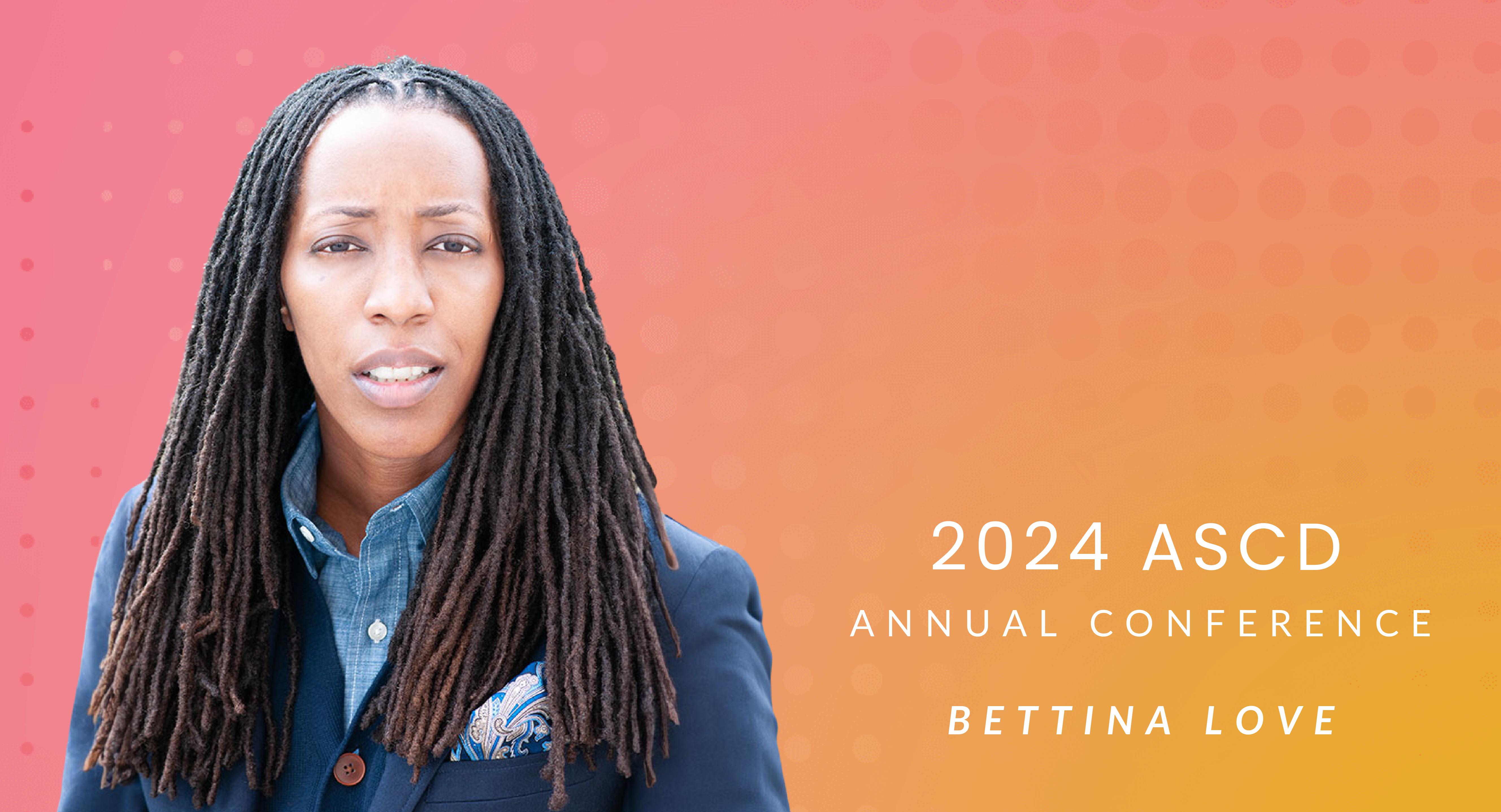Like most other teachers in schools all across America, I have students, described as English Language Learners (ELL), in my classes. And it seems an auspicious season to raise awareness among educators about the state of flux in the demography of learners in our classrooms and to offer research-based principles and approaches for their education. According to the Migrant Policy Institute, in 2013, approximately 61.6 million individuals, foreign and U.S. born, spoke a language other than English at home, and of that number about 41 percent (25.1 million) were considered Limited English Proficient (LEP: any person age 5 and older who reported speaking English less than “very well” as classified by the U.S. Census Bureau).
Starting off with the definition of terms, an English Language Learner (ELL) is a student in the process of attaining proficiency in English as a new, additional language (Wright, W.E., 2015). Under this unifying definition are several diverse groupings based on race, ethnicity, home language, level of schooling, socioeconomic status, parents’ level of education, parents’ proficiency in English, proficiency and literacy in their home language, and proficiency and literacy in English. Data from the U.S. Census Bureau also indicate that there has been a rapid growth in the ELL population across the United States bringing about the urgent imperative for all educators and personnel directly involved with ELL education to be trained and certified as appropriate.
In the state of Maryland, according to current NCELA (National Clearinghouse for English Language Acquisition) data, our school district, Prince George’s County, with over 17,000 English learners, ranks second to Montgomery County in terms of the population size of ELLs. Here at my current school placement in Lanham Maryland – a public school, the current enrollment for this school year suggests we have less than 5% of the school’s student population as ELL students at various levels of English acquisition and mostly in various content area classrooms. The population and spread of ELL students here at my school suggest that almost all teachers have an ELL student in their classrooms. By race and ethnicity, most of our ELL students are of Hispanic extraction, with very few Africans and Asians. We have done well here at my school: for starters, the flags of every nation on earth adorn our Cafeteria, where students eat their breakfast and lunch and almost instantly feel welcome at the sight of their nations’ flags.
We endeavor to make our ELLs feel welcomed here at my school: this pluralist outlook recognizes that the ELLs’ home languages and cultures are not a problem but rather a rich resource for helping ELLs learn both English and academic content. The pluralist approach adopted by our school is very much in sync with the Prism Model propounded by Thomas and Collier (1997) which holds that the process of second language acquisition has four main interdependent components, which are sociocultural, linguistic, academic and cognitive processes (p. 42). According to Thomas and Collier (1997), the sociocultural component is at the heart of the Prism Model and it is central to the individual student’s acquisition of language. Hence it is imperative that all educators embrace and celebrate diversity in a vivid manner that encourages students’ self-esteem and allays all anxieties about prejudice or any other effective factors that might negatively impact on the acquisition of language. In summary, the sociocultural component of the Prism Model asserts that language is who an individual student is; if you tell students that their language is not important, you devalue them. And there are several ways an educator or school staff could debase a student’s first (home) language implicitly or explicitly – this ought not to be!
In the same vein of affirming the importance of students’ first language, the Prism Model’s academic development component asserts that “academic knowledge and conceptual development transfer from the first language to the second language” (p. 43). Hence it is very instructive to develop academic work through students’ first language while teaching second language through meaningful academic content at other times. As much as it is possible, teachers should encourage our ELLs to learn academic content in their first language, especially when the teacher is proficient and literate in such students’ first language – a case for bilingual/ multicultural education resurfaces as a veritable pedagogical approach or instructional model.
Another instructional model is the Sheltered Instruction Observation Protocol (SIOP) – a research-based and validated instructional model for instructing ELLs. This model has been adopted by our school district, with professional training scheduled for all teachers and administrators throughout the school system; these trainings are crucial to its successful implementation in classrooms. The SIOP Model consists of 8 interrelated components: Lesson Preparation, Building Background, Comprehensible Input, Strategies, Interaction, Practice/ Application, Lesson Delivery and Review and Assessment. Since these SIOP components are all interrelated, certain key elements and pedagogical approaches that cut across them are highlighted herein.
Firstly, it is worth restating that attending SIOP professional development training is vital to the successful implementation of the model, especially with regards to lesson preparation. Yet it suffices to say that ELLs should be able to give feedback about their learning on the spot to the teacher; basic learning phrases or sentences such as, “I don’t understand”, “Is it important for the test?”, “Would you please show me how?” should be displayed around the classroom and taught to the students – these will enhance prompt feedback from students. Secondly, an effective grouping of students is crucial in several respects: it allows ELLs to practice language skills and development; it helps overcome the usual complaints from teachers that ELLs do not talk – “How do I get my ELLs to talk?” seems to be the usual outcry of most ELL teachers. Scaffolding (both verbal and procedural) is another worthwhile instructional strategy that will enhance ELLs’ academic achievement and language acquisition.
In conclusion, ALL students in classrooms all across America, more than ever before, stand to benefit immensely from research-based instructional approaches and informed mindset (principles and beliefs) in the education of our ever-growing ELL population. I opine it is apt to say that diversity or variance in student population in our classrooms is no longer (or should never have been) an outlier but the norm!
Olukayode (Olu) Banmeke is a high school AP Environmental Science and Biology teacher at DuVal High School in Lanham, Maryland. He has been teaching for 20 years (15 overseas and 5 in the United States). Olu is a Ph.D. student (with focus on Instructional Leadership for a Changing Population) at Notre Dame of Maryland University. He has served on the NSTA Committee on Equity/ Multicultural in Science Education since 2014 till date and currently serves a curriculum writer (Environmental Science) in his school district. He is a member of Teaching Channel’s NextGen Science Squad. Connect with Olu on Twitter: @kaybanms








